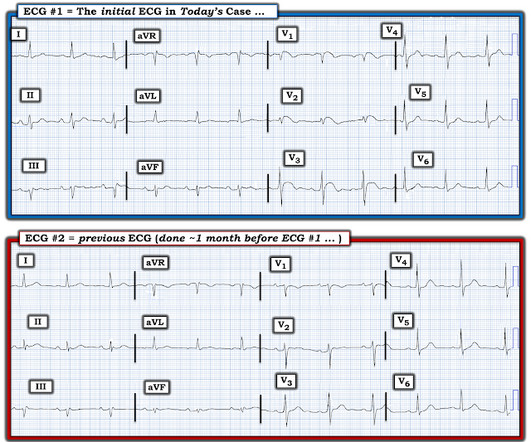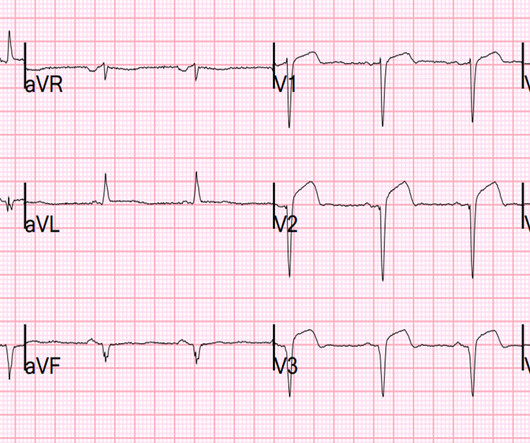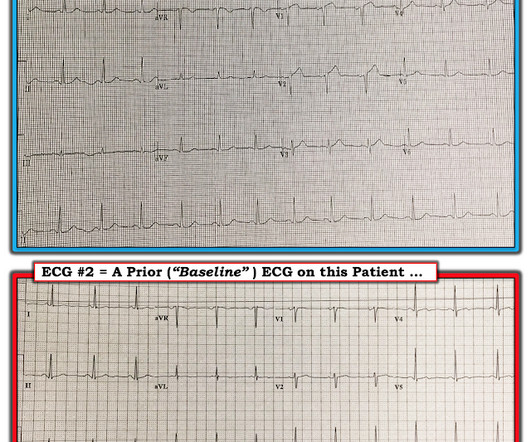Is OMI an ECG Diagnosis?
Dr. Smith's ECG Blog
APRIL 18, 2024
The ECG is just a test: a Bayesian approach to acute coronary occlusion If a patient with a recent femur fracture has sudden onset of pleuritic chest pain, shortness of breath, and hemoptysis, the D-dimer doesn’t matter: the patient’s pre-test likelihood for PE is so high that they need a CT. Circulation 2014 2. Amsterdam et al.













Let's personalize your content